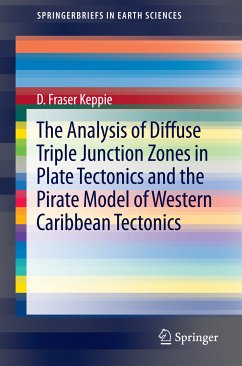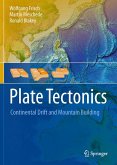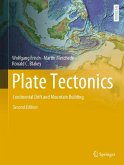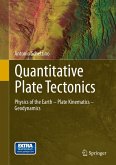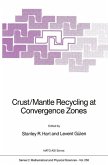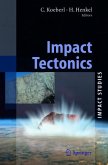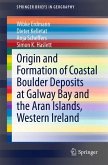Modern researchers in plate tectonics may be concerned with the analysis of distributed deformation across diffuse plate boundaries and triple junction zones. This book extends classic methods of kinematic analysis first developed in the 1960s to the more general scenarios of diffuse deformation zones between plates. The analytic methods presented specifically target the non-rigid deformation implied by unstable triple junction configurations. These methods are then applied to the tectonic evolution of western Caribbean region which provides new ways to test and challenge the established Pacific model of Caribbean tectonics. Possible advantages of the new Pirate model of Caribbean tectonics are discussed in terms of paleo-geography and paleo-ocean connections, as well as mineral and hydrocarbon potential and seismic risks across the region.
Dieser Download kann aus rechtlichen Gründen nur mit Rechnungsadresse in A, B, BG, CY, CZ, D, DK, EW, E, FIN, F, GR, HR, H, IRL, I, LT, L, LR, M, NL, PL, P, R, S, SLO, SK ausgeliefert werden.

